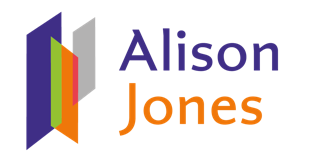When I worked at Oxford University Press, an editor had cut out and stuck to the noticeboard by her office a cartoon. It showed an organization chart, cascading from the leader stick figure at the top through the ranks to a thickly populated bottom tier, which was circled. A bespectacled man was pointing to this bottom layer and speaking: the caption read, “A good hierarchy needs a solid base of women at the bottom.”
It’s funny, except of course it’s not funny. And I can’t speak for other industries, but it certainly feels true in publishing, an industry that feels very female-dominated… to a point.
So I was interested to read Danuta Kean’s article in The Guardian this week: Are things getting worse for women in publishing?
It includes quotes from several people I know and one or two that aren’t named but I suspect I might. And in the main it makes for depressing reading.
But there’s an upside too, as illustrated by the career of one of the women interviewed, the inimitable Kate Wilson of innovative and successful children’s publisher Nosy Crow:
Corporate publishing’s loss has been independent publishing’s gain. Wilson is among a band of women who have started independent businesses that not only allow them to better juggle professional and home commitments, but also to exercise their creativity in a way the tiers of management in global businesses do not allow. It is one of the reasons that the most interesting and innovative books coming out are from independents.
This is my story too: given the choice between moving, commuting to London every day or leaving big publishing and forging a new path, I’m thankful every day I chose the last. Independent publishing is thriving as never before as the big publishers consolidate and cut and cultivate the corporate ethos under the leadership of white middle-class middle-aged men.
The women might be disappearing from the C-Suite of the corporate publishers, but they’re certainly not disappearing from the creative heart of the industry.
